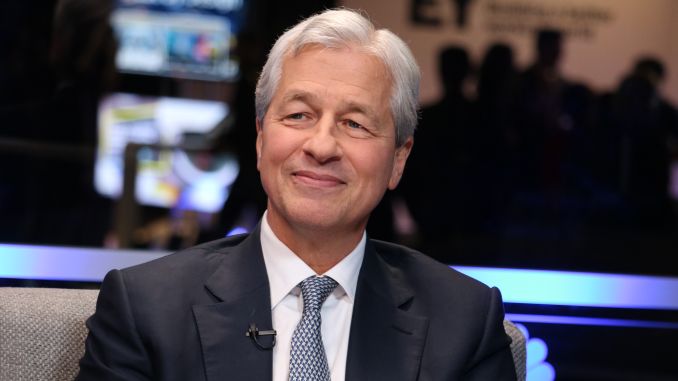Stocks climbed modestly this morning following another banking surprise over the weekend. The Dow, S&P, and Nasdaq Composite all edged higher after JPMorgan Chase (NYSE: JPM) purchased First Republic Bank (NYSE: FRC), which was seized by the FDIC on Saturday.
America’s largest bank just got even bigger.
On a morning call, JPMorgan CEO Jamie Dimon assured investors that “the system is very, very sound.”
“We need large, successful banks in the largest economy,” he continued.
“This is nothing like ’08 or ’09.”
On whether the banking crisis has officially passed, Dimon said that “this is getting near the end of it.”
“There are only so many banks that were offsides this way. There may be another smaller one, but this pretty much resolves them all; this part of the crisis is over,” he added.
Looking forward, however, Dimon warned that “we are clearly going to see some reduction in bank lending” before remarking that “banks will consolidate.”
Don’t forget that the Silicon Valley Bank meltdown was sparked in part by a head-hunting Dimon, who successfully poached several of SVB’s top depositors.
JPM shares jumped over 2.50% higher at the open in response to the news. Shareholders were more than happy to hear that Dimon plans on absorbing other regional banks for cents on the dollar in the near future.
The fiasco seemed to ultimately skew bullish for big banks, but as Dimon said, reduced lending could offset much of the benefit from the coming regional bank plunder.
“This is changing the narrative on big banks. Big banks are no longer viewed as a source of systemic risk. They’re viewed as stabilizers,” said Allianz chief economic advisor Mohamed El-Erian.
Regional banks might not be a source of risk, either, if global banks are there to scoop up the good parts while spitting out the rest. Is that good for markets? Maybe.
But if it gives the Fed clearance to leave rates elevated longer than expected, bulls could ultimately suffer in the long run.
Strategas Securities put out a note today on this topic, connecting rate expectations to corporate earnings.
“Companies without earnings have been outperforming those with earnings, while companies who pay dividends have been underperforming those that do not,” read the note.
“These trends appeared to pick up steam around the time Silicon Valley Bank failed. Ultimately, it appears that Mr. Market is betting to a certain degree that the Fed will fold in the presence of a financial crisis. Given the Fed’s history, this is not an unreasonable assumption. We believe, however, that inflation will be a binding constraint on sustainable Fed easing in 2023.“
Extremely narrow market breadth will make the next few weeks harder on bulls, too. Big Tech and AI-linked stocks did virtually all of the heavy lifting in April. The S&P, for example, touched key resistance this morning at its early February highs due to the “Big Tech blast.”
With most other stocks still struggling, the index is ripe for a sudden reversal should tech shares fade.
“There isn’t enough broad-based strength to see a sustained SPX breakout,” said BTIG technical analyst Jonathan Krinsky.
Krinsky’s right, and if investors don’t like what they hear on Wednesday when Powell announces the Fed’s next rate hike, we may witness the beginning of 2023’s first major correction.








